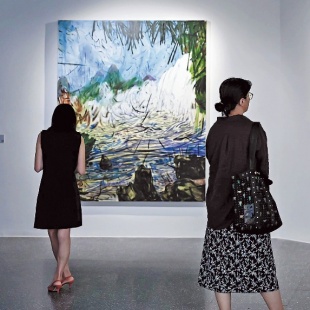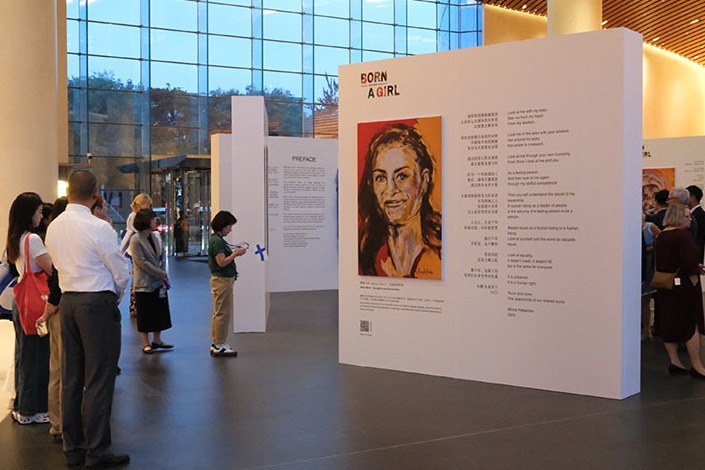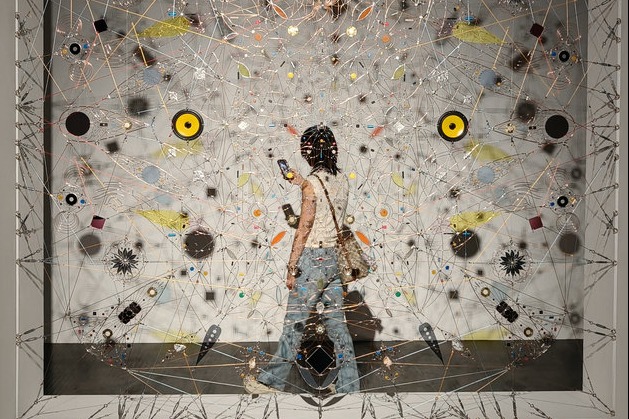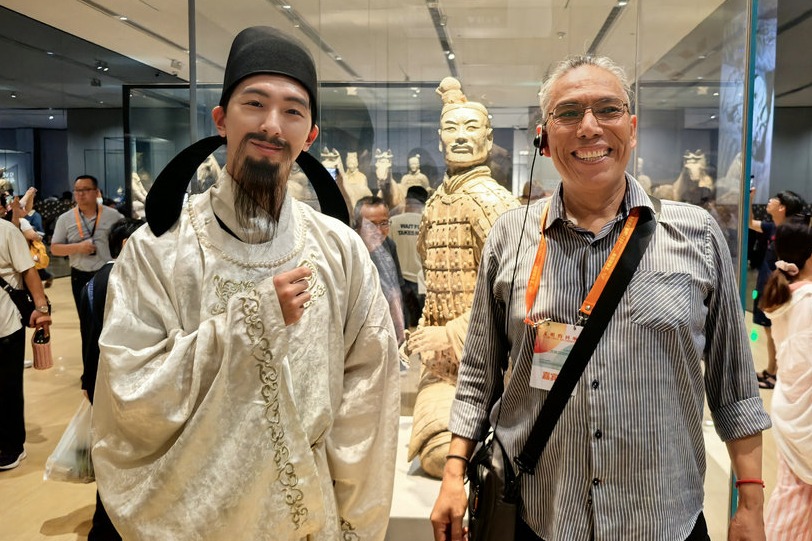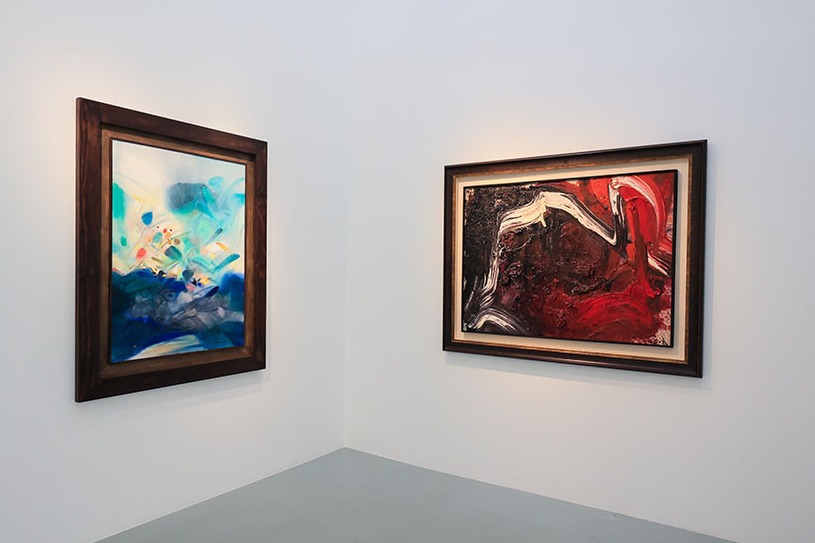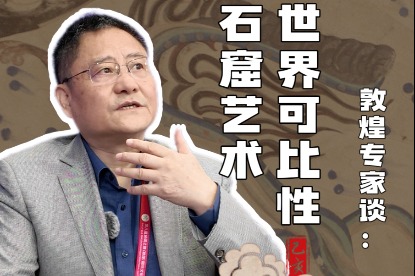Showcasing women's perspectives through Chinese and Spanish artists

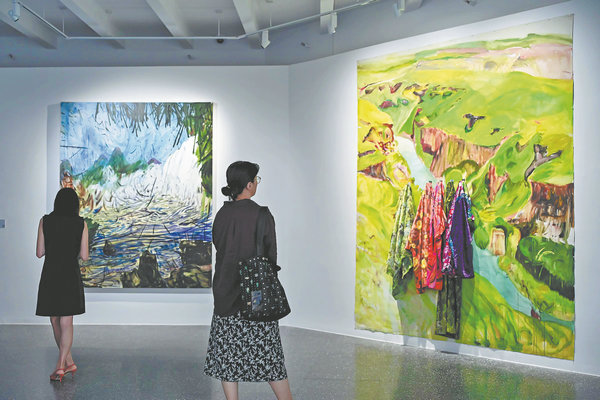
The ongoing exhibition at Jiushi Art Museum, Balada Del Ouroboros, or Ballad of the Ouroboros, marks the final chapter of the Spanish Arts Festival on the Bund in Shanghai.
The exhibition, jointly hosted by Shanghai Jiushi Art Museum and Instituto Cervantes, showcases 44 works by more than 40 female artists from China and Spain, and runs from Sept 6 to Oct 22.
The Ouroboros is a primitive serpent that devours its tail in an endless loop, and has long been a powerful symbol in both Eastern and Western cultures, embodying the mysteries of eternity, transformation, and the interconnectedness of all things, says Rosina Gomez-Baeza, the Spanish cocurator of the exhibition.
In Chinese tradition, the serpent symbolizes wisdom, metamorphosis, and introspection, heralding the power of renewal through release and rebirth. The year 2025 marks the Year of the Snake in China, giving a deeper cultural and temporal resonance to this ancient motif, according to Ma Nan, the exhibition's Chinese cocurator.
Focusing on the works of female artists from China and Spain and highlighting the role of women in contemporary art, the exhibition emphasizes the unique impact of female perspectives in the contemporary cultural landscape, Gomez-Baeza says.
The exhibition is designed in five chapters — Identity Reflection, Spatial Narratives, Versatile Tradition, Logics of Perception, and The Transformation of Matter — and features paintings, installations, videos, and works on other media by contemporary female artists born from the 1940s to the 2000s.
"We hope to present a richer perspective through the works of female artists from different cultural backgrounds and across generations," Ma told China Daily on the opening day of the exhibition.


